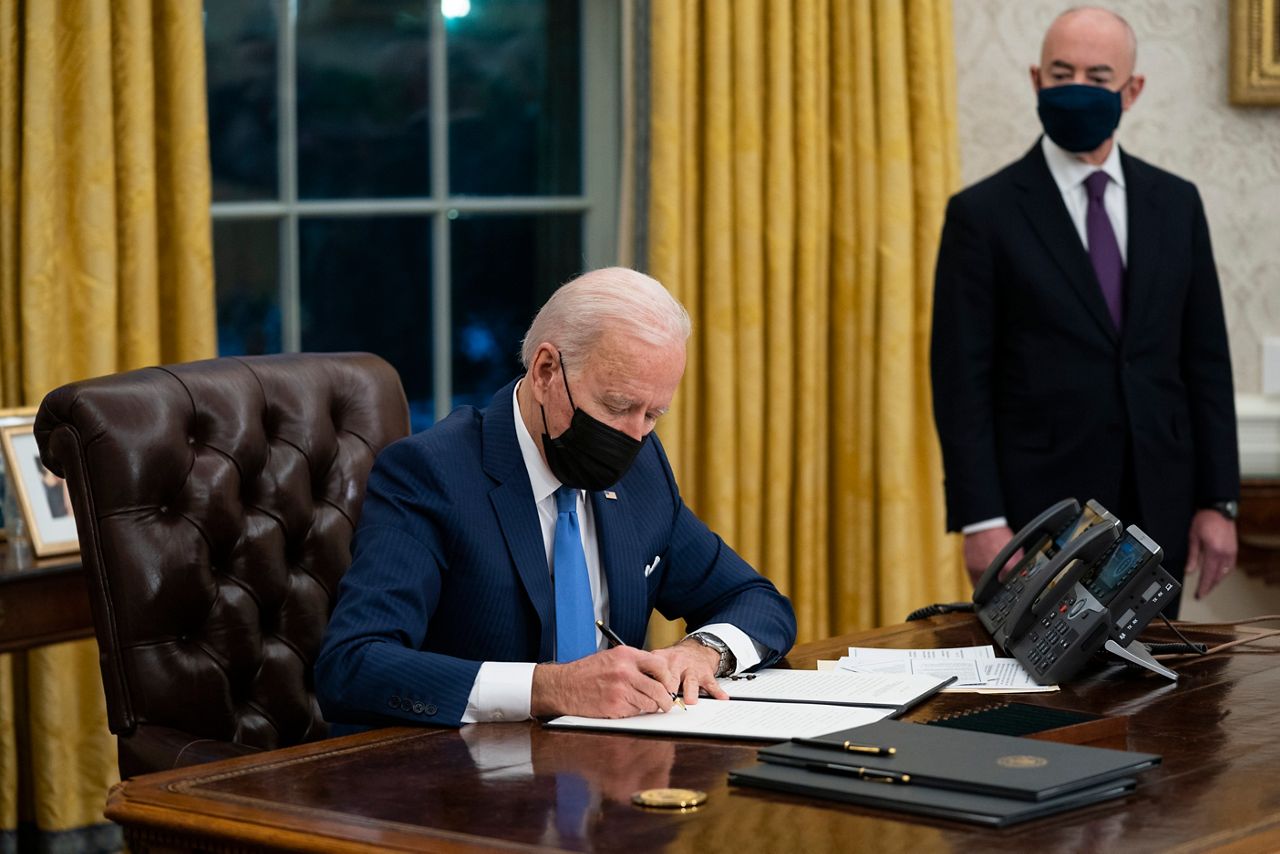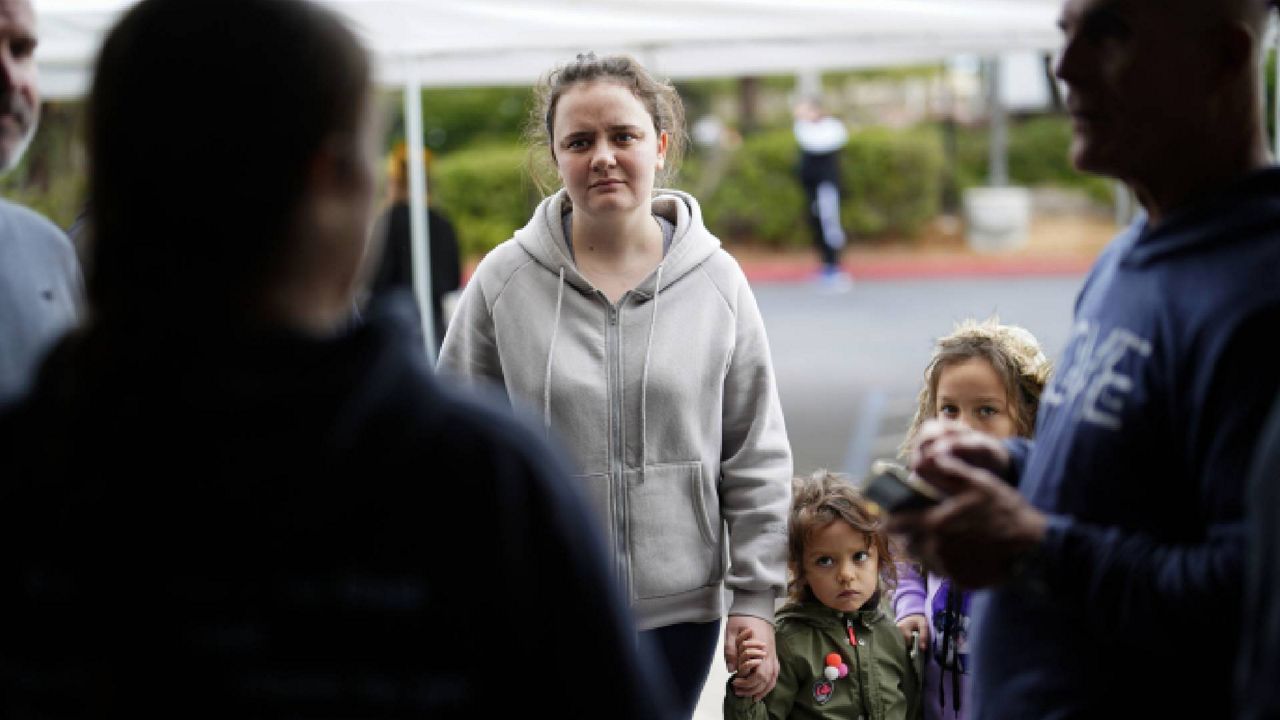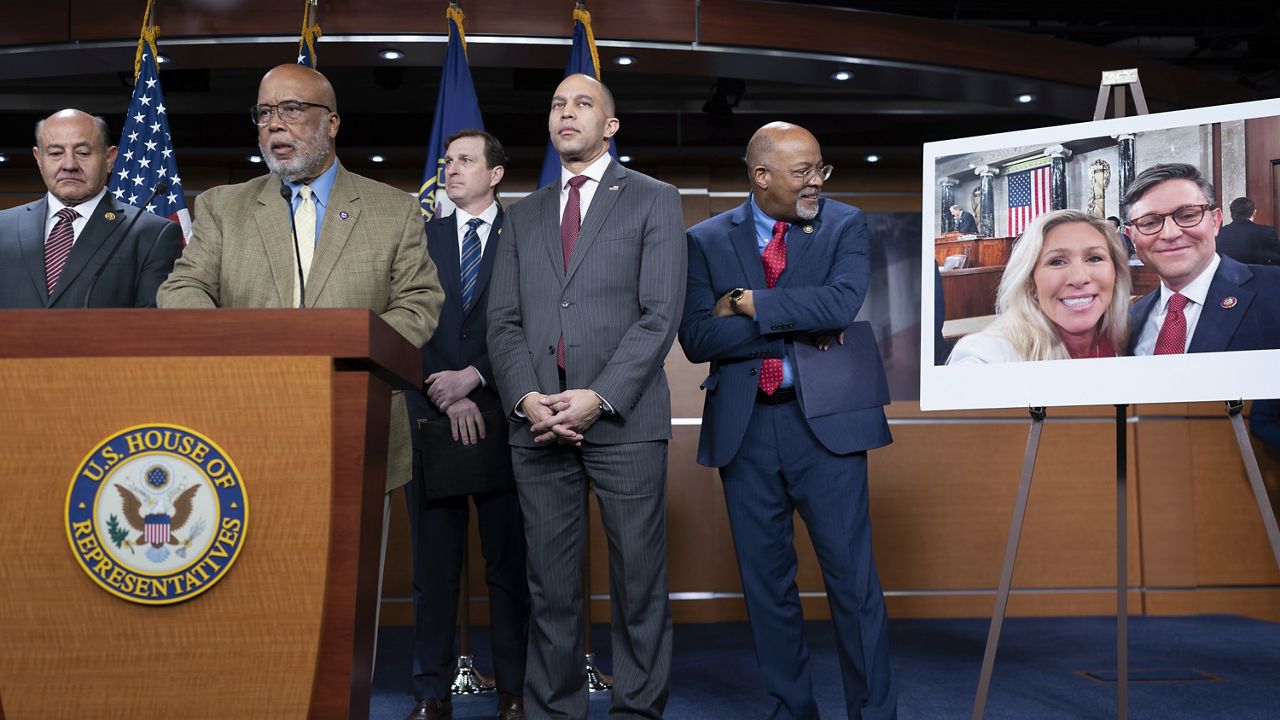The Biden administration has once again set a lofty refugee admissions goal of 125,000 for the next year, an objective that advocates and local officials say is important but still remote, as refugee processing and resettlement infrastructure remains depleted from years of low admissions.
Now in the hopes of getting closer to fiscal year 2023’s resettlement goal, local officials and advocates are calling on the Biden administration to ramp up funding, staff, coordination and innovation on both the overseas and domestic sides of the refugee system.
In recent decades, the country had regularly settled 70,000 to more than 100,000 vulnerable people annually. Former President Donald Trump set the cap at record lows when he took office, leading not only to fewer arrivals in the U.S. but the atrophy of the resettlement infrastructure built around them.
For the 2022 fiscal year that ends Friday, the U.S. is on pace to settle less than 25,000 refugees, despite President Joe Biden’s goal of 125,000. Nearly 20,000 had been approved for U.S. entry as of the latest end-of-August report, though that doesn't include hundreds of thousands of Afghans and Ukrainians admitted through separate emergency programs with temporary protections.
Even though the broader policy goals of the Biden administration are friendly to refugees, the “brass tacks” of the system aren’t necessarily set up to fall in line, said Cindy Huang, former director of the Office of Refugee Resettlement in the Department of Health and Human Services.
“A lot of that is in operations, you know?” said Huang, now a senior fellow at the Center for Global Development, adding that the process needs to be looked at “from end to end.”
She cited things like boosting virtual interviews, streamlining security vetting or adding flexibility to expiration dates to prevent refugees from redoing a step in an application process that already takes nearly two years, on average.
“By speeding up the operational process, we'll get closer to hitting the ambitious target of 125,000 refugees,” she said.

On the domestic side, resettlement agencies had to close dozens of offices around the U.S. and lay off hundreds of staff starting in 2017. A report from Refugee Council USA found that by 2019, nearly one-third of resettlement programs either shut down or suspended their work with new arrivals due to President Trump’s lower caps.
The pandemic exacerbated the issue, and just over 11,400 people were resettled — the lowest in history — during the 2021 fiscal year that stretched across Trump’s final term and Biden’s several months in office.
The system is ramping back up with federal support, but it will take time, Huang adds. People need to be hired, offices need to be rented, all amid a national labor shortage. A State Department spokesperson acknowledged that both staffing issues and a lack of affordable housing are still impacting the ability to welcome refugees.
“I'm very disturbed by the low numbers that we have been resettling,” said Councilmember Jennifer Reynolds of Lexington, Ky., in an interview.
Reynolds is one of hundreds of local and state officials from all 50 states that signed a letter to President Biden this month calling on the administration to “double down” on rebuilding the resettlement system and restoring the nation’s standing as “a leader in welcoming refugees.”
“We have a lot of different opportunities and places for refugees,” Reynolds added. “We are welcoming and willing to do that. And we have before resettled higher numbers, so I think we would be ready again.”
The Biden administration has appointed a new Special Advisor for Refugee Admissions within the White House, who will start with “a major review of USRAP processing across the interagency,” according to this year’s report to Congress on the refugee program.
The State Department report outlines expected “innovations and efficiencies” from the “intensive effort.”
Huang said that adviser will need robust staffing of “people with the right skill sets and knowledge of the processes” across the multiple agencies involved in refugee admissions.
The State Department has also asked for a large boost in funding in 2023: from $1.4 billion to $2.34 billion, almost doubling the amount allocated for admissions specifically.
Mayor Justin Bibb of Cleveland told Spectrum News that he wants the city to be one of the nation’s “most inclusive,” calling the FY 2023 goal of 125,000 admissions set by the Biden administration a critical one.
Bibb said there was a “dearth” of resources for local resettlement agencies under Trump.
“This president inherited a broken system,” he said. “It's important that we have this ambitious maximum. It doesn't mean we've done enough, but it's important that we show the world that we're committed to being that: a country of freedom, a country of hope and a country of opportunity.”
Huang, the former ORR director, said she’d like to see the U.S. reach the 125,000 goal by the end of Biden’s current term in the White House.
And while the refugee admissions remained low in 2022, the U.S. was able to resettle tens of thousands of Afghans and Ukrainians on an emergency basis, mostly under the temporary protections of humanitarian parole.
A State Department spokesperson confirmed that more than 150,000 Ukrainians were admitted to the U.S. this year, either via the southwest border or the private sponsorship program Uniting for Ukraine, which required American citizens to support them. And more than 88,000 Afghans have made it to the U.S. since the chaotic exit out of Kabul last year, most of them admitted on two-year humanitarian parole.
Congress approved both groups for some expanded benefits under parole. The refugee program automatically offers people broad resettlement support and permanent status.

The emergency stand-up of those programs in the last year showed what was possible from the Biden administration, said Krish O’Mara Vignarajah, president of Lutheran Immigration & Refugee Service, in a statement. Yet, she added, “it's no substitute for the full resettlement services and permanent residence that refugee status offers.”
The U.S. government “must ramp up and streamline overseas processing of refugee applications if this lifesaving program is to remain relevant amid an unprecedented global displacement crisis,” she added.
An estimated 21 million people were displaced and considered refugees at the end of 2021, according to the United Nations Refugee Agency. The majority of those people are from Syria, Venezuela, Afghanistan, South Sudan and Myanmar.
A State Department spokesperson told Spectrum News that they are rebuilding the refugee program "in a strategic, sustainable way that places the program on a durable foundation for the future and modernizes the program to be responsive to evolving needs and opportunities."
The resettlement of Afghans and Ukrainians opened up a newer process of accepting refugees through sponsorship by private citizens.
The administration created a “sponsor circle” program for Afghans through which at least five Americans could come together to aid people with housing, schools, initial income, language learning and more. About 2,000 people participated in its early introduction.
The Biden administration already had plans to expand private sponsorship in 2023 with a “pilot program,” officials wrote in the recent report to Congress.
The program will use lessons learned from the emergency programs in 2022 to “build on the outpouring of generosity and enthusiasm we have seen from Americans over the past year in welcoming Afghan and Ukrainian newcomers," a State Department spokesperson told Spectrum News.

Huang said the Afghan program had good intentions but lacked the “muscle memory” of more established efforts to really harness maximal public support and get local and state officials invested.
“There was no centralized office that the state refugees coordinator and other state officials were used to being in touch with. There were sometimes gaps in communication,” she said.
The State spokesperson noted they were working with state refugee coordinators and other local partners before launching the private sponsorship pilot.
Both Mayor Bibb and Councilmember Reynolds said they support any effort to boost refugee admissions, but Reynolds worried a new initiative could fall into the same trap of inefficiencies as most U.S. immigration programs.
“If people are allowed to sponsor refugees, then … that process should not be cumbersome, right?” she said.
“These systems are backlogged and aren't working efficiently, so if we just add one more thing — as long as it is working efficiently and not delaying, you know, the process — then I’m for it," she added.








